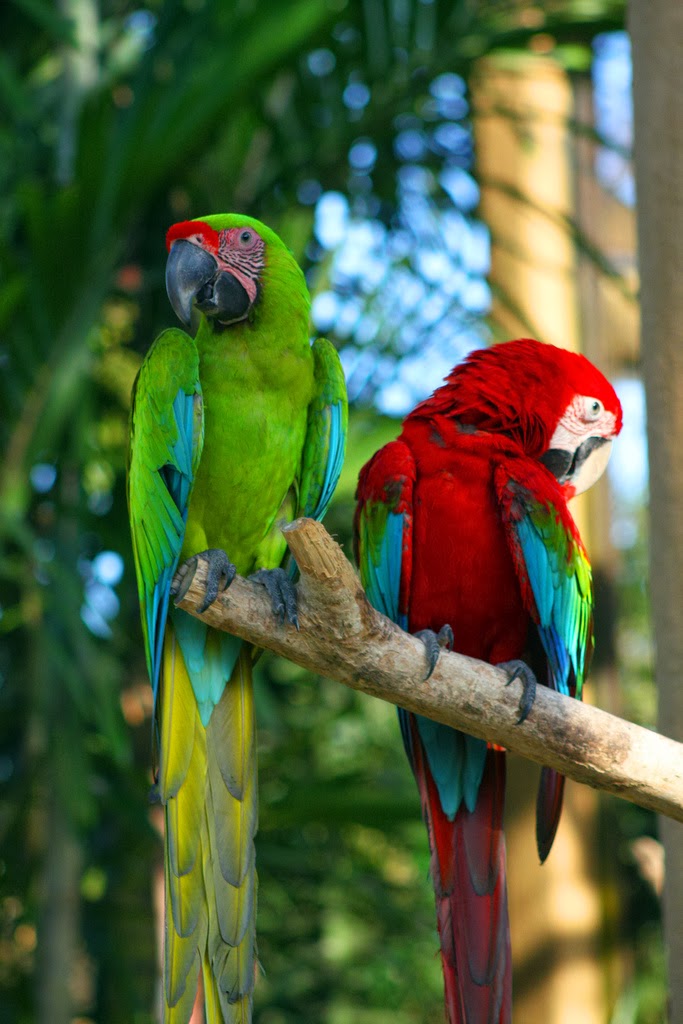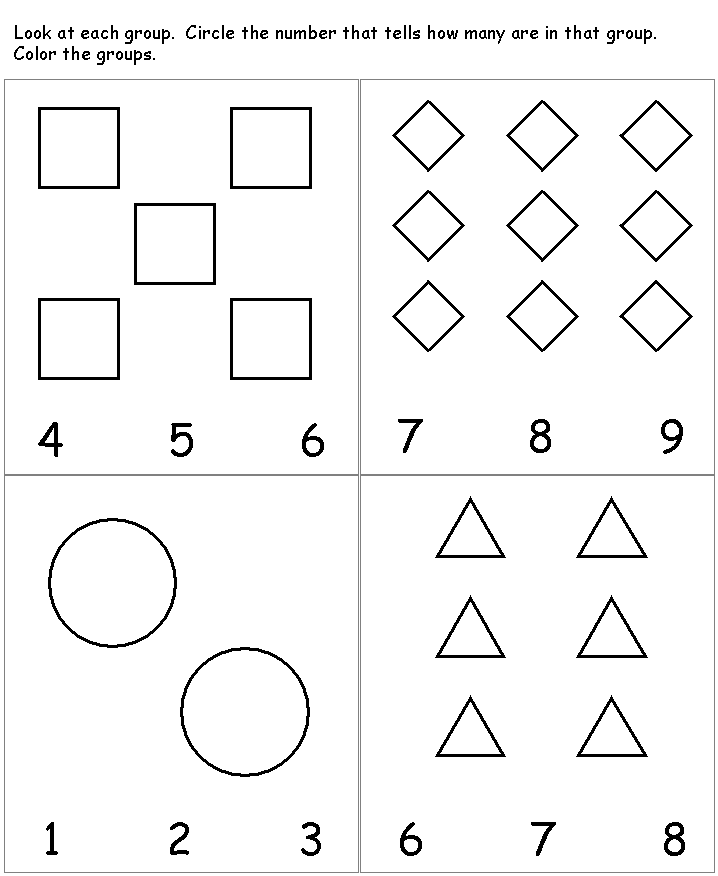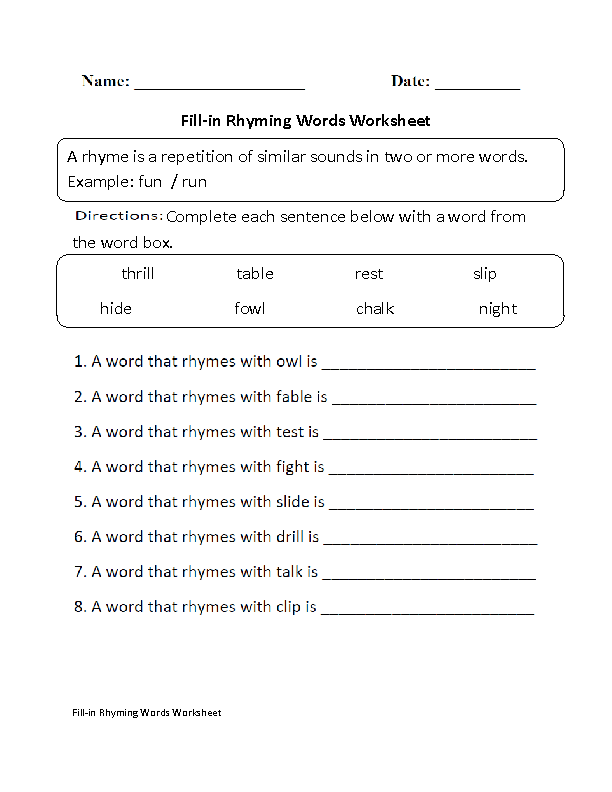Parrot and me
The Hidden World Of Animal Minds : NPR
Alex & Me: How a Scientist and a Parrot Discovered a Hidden World of Animal Intelligence--and Formed a Deep Bond in the ProcessBy Irene Pepperberg
Hardcover, 240 pages
HarperCollins
List Price: $23.95
Alex's First Labels
I'm not sure who was more nervous in our first days together, Alex or me. I know I was a little on edge, and he sure looked it, the poor traumatized bird. He'd been snatched from what had been his home for many months and thrust into a completely new environment, a small, fairly bare room occupied by a scary parakeet and unfamiliar humans. I considered myself a bird person, but I'd never had such a big bird before, and I was more than a little unsure about how best to handle him. I knew what food and drink to give him. I knew I needed to talk softly and soothingly to him at first, and give him treats. I understood that I had to build his trust in me.
It didn't start well. Alex was still uneasy on the second day, still scared of the parakeet. I decided to move Merlin's cage to another room. I then went back to Alex and tried to encourage him to perch on my arm. He wouldn't even come out of the cage, despite my gentle verbal entreaties. The phone in the adjacent room rang; I went to answer it. By the time I returned to the lab, a minute at most, Alex had climbed out of his cage. Yes! Progress. I offered him some fruit, which he fussed with but didn't eat. I held out my arm for him to perch, and he clumsily climbed onto it. I imagined he had never perched on someone's arm before. More progress.
Not for long. Clearly still alarmed, Alex tried to fly, and promptly crashed to the floor because his wings had been clipped back at the pet store. He was squawking pathetically, flapping his wings wildly. Suddenly there was blood everywhere, spraying this way and that. He had broken a new wing feather. Poor Alex was freaking out, and so was I, but I tried to appear calm so as not to upset him any more than he was already. Having dealt with broken feathers with my parakeets, I knew what to do. But I was facing a very frightened and significantly larger bird here, not a comfortably established pet parakeet. That made it much harder, more hazardous. I eventually managed to gather him up, remove the feather, and get him back into his cage. He was obviously badly shaken. "Alex does not come out more that day, scared of me," I wrote in the journal I started when Alex arrived. Who could blame him?
Having dealt with broken feathers with my parakeets, I knew what to do. But I was facing a very frightened and significantly larger bird here, not a comfortably established pet parakeet. That made it much harder, more hazardous. I eventually managed to gather him up, remove the feather, and get him back into his cage. He was obviously badly shaken. "Alex does not come out more that day, scared of me," I wrote in the journal I started when Alex arrived. Who could blame him?
Over the next few days Alex became a little braver, bit by tiny bit. He started to come out of his cage spontaneously, but was still very wary of me. On the third day he did perch on my hand, by accident: he had tried to avoid me, but found himself perching for a few seconds. I started to give him objects, such as paper and pieces of wood, to explore his preferences. I planned to begin by teaching him labels for things he liked, figuring it would speed up the learning process. It turned out that he loved paper index cards even more than food.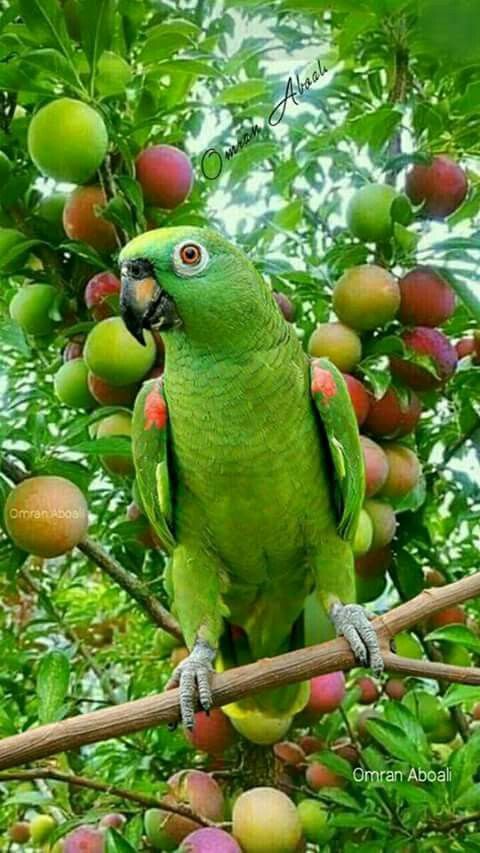 He chewed them enthusiastically, rapidly tearing them to shreds.
He chewed them enthusiastically, rapidly tearing them to shreds.
Day four was even better. Alex again came out of his cage spontaneously and even perched voluntarily for a short time. He continued to enjoy chewing paper. When I gave him some I said things like, "Paper, here's your paper," placing emphasis on the relevant label. My friend Marion Pak, who volunteered to help train Alex, came to meet him for the first time. He immediately took to her, perched easily, and spent an hour seeming quite content with her. And why not? She wasn't the one who had subjected him to torture in a dark box for hours, tossed him on the floor, and broken a feather.
I needed Marion's help with Alex because I was going to use a modified form of a training method I had researched while at Harvard. I'll describe it in more detail later. Essentially, though, the method involves two trainers, rather than the usual one, and they take turns asking each other about an object's label, with Alex observing. Then either one would query Alex, using the same words. The idea was that he would learn in a social context. This procedure was radically different from what would have been considered normal at the time. Marion and I started such training that day, on the label "paper."
Then either one would query Alex, using the same words. The idea was that he would learn in a social context. This procedure was radically different from what would have been considered normal at the time. Marion and I started such training that day, on the label "paper."
After Marion left that morning I stayed with Alex for another hour. I purposely ignored him until he made a noise, then I rewarded him with paper, again saying, "Paper, Alex, here's your paper." Any parrot owner can tell you that their bird may spontaneously learn some random words, but that's not the same as teaching meaningful communication. The first small step in Alex's training was for me to link any novel sound to the single object paper, as Marion and I had done in training earlier. The only vocalization Alex made was something like "Auf," which seemed exploratory, and a rasping, subvocal noise he made randomly. As I gave him one index card I said, "OK, Alex, there's a long way to go, buddy." Alex didn't say anything, just continued shredding paper and wiping his beak. But we had started our work together at last.
But we had started our work together at last.
It turned out that beginning training with "paper" was an extremely bad choice, because it is very hard to make a "puh" sound if you don't have lips. But Alex himself had made the choice, so we were stuck with it.
During the next four or five weeks I steadily raised the bar for Alex, to push him to achieve more and more. For instance, during training, Marion and I waited for some kind of two-syllable utterance—resembling "pa-per" in rhythm if not in actual sounds—before we would reward him with some paper. That's what is called the "acoustic envelope," the sound shape of the word. We also introduced a silver-colored key to Alex, so that he wouldn't come to associate verbalizing only with paper. He became steadily more vocal and began to produce sounds like "ay-er" when Marion and I asked him "What's this?" when showing him paper, and "ee" for the key. Sometimes he got confused and combined the sounds, like "ee-er." But he was definitely beginning to get it.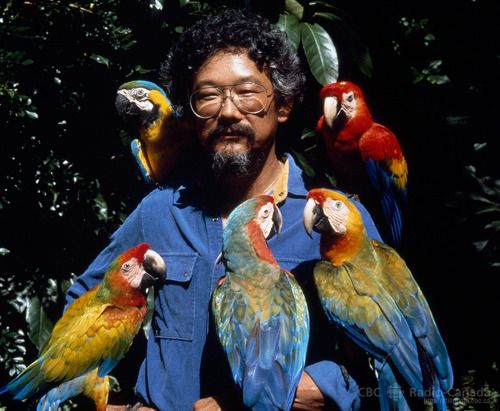
Within just a few weeks of beginning training, Alex was indisputably using vocal labels to identify specific objects. He was not merely mimicking, or parroting, us. The first real indication of this happened on July 1. I had seen that he liked to use paper to clean his beak, especially after eating something messy, such as fruit. I'd often give him apple so he'd need paper, which initially he would indicate by some fairly indecipherable vocalizing. That day, however, I gave him apple but forgot about the paper. He was on top of his cage, as usual, and gave me one of those OK, what's the problem, lady? looks that he would hone to perfection over the years. He ambled to the edge of the cage, looked down to where I stored the index cards in a drawer, and said "ay-ah," or something very like that. It certainly wasn't his spontaneous little gravely sound.
I was thrilled, but wanted to make sure it wasn't accidental. I gave him paper to reward that first "ay-ah," and he chewed it happily for a while.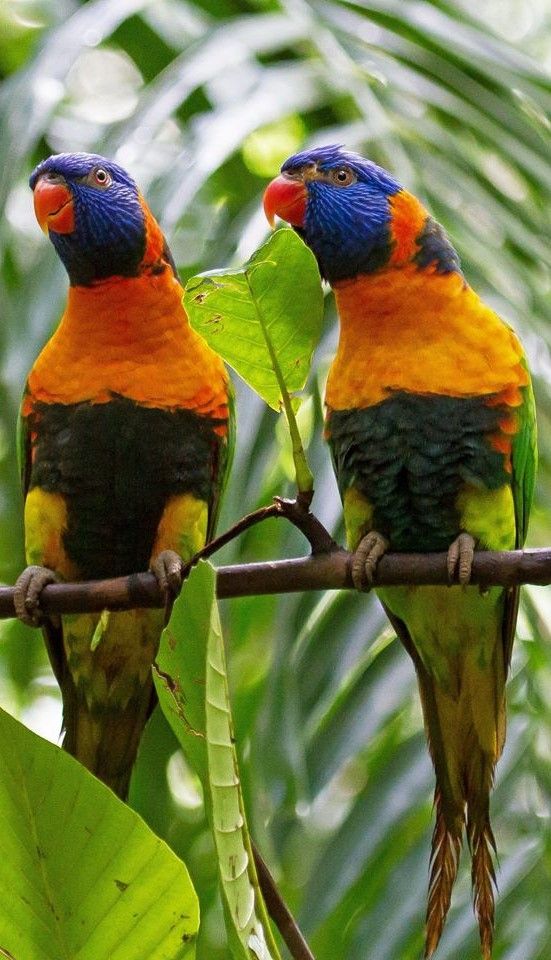 I then held up another piece and asked him what it was. He said "ay-ah" again. And I rewarded him again. That happened half a dozen times. The seventh time he'd obviously had enough. He began preening energetically and occasionally chattering in his gravely voice. Alex was always capable of letting me know when he was tired of lessons!
I then held up another piece and asked him what it was. He said "ay-ah" again. And I rewarded him again. That happened half a dozen times. The seventh time he'd obviously had enough. He began preening energetically and occasionally chattering in his gravely voice. Alex was always capable of letting me know when he was tired of lessons!
"What a day!" That's how I began my journal entry on August 4. Marion trained with me again that day. "[Alex] did amazingly well!" I wrote. "He corrected himself, gave us the objects—even improved on pronunciation." He'd produced the best "puh" sound so far, saying "pay-er." And his accuracy at labeling "key" jumped dramatically. "It was as if he finally made the connection," I wrote triumphantly. It was a "I think he's got it; by George he's got it" moment.
The next day's journal entry starts: "Alex incredibly stupid today! He acts as tho' he's forgotten yesterday existed! Almost impossible to get him to say a decent KEY. PAPER never clear. What happened?" It was very frustrating, to say the least.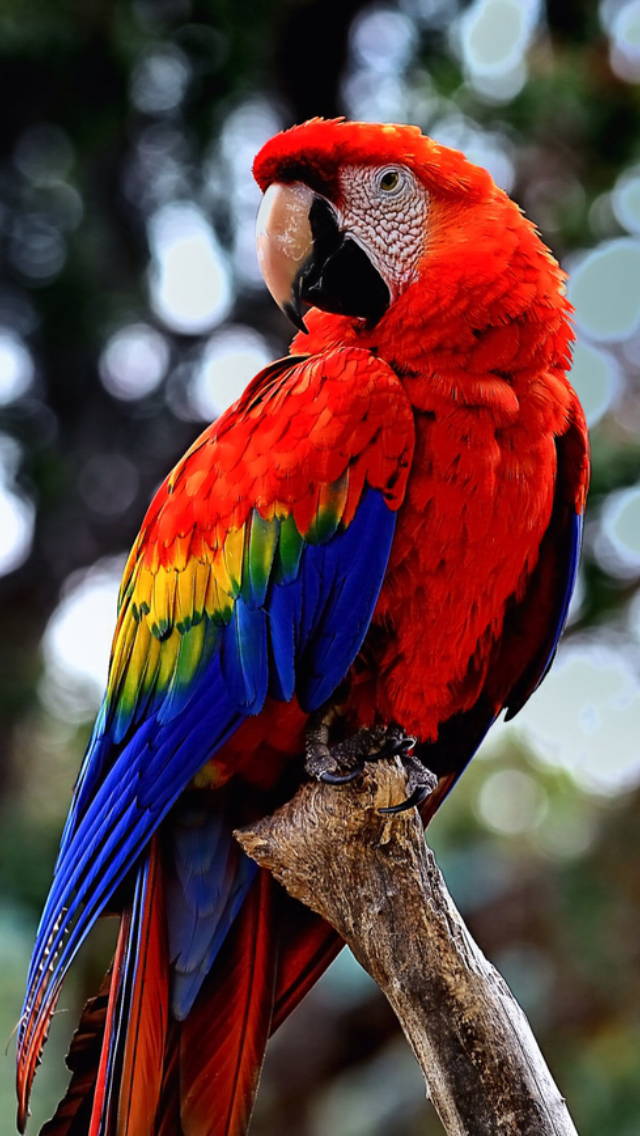 I was bewildered. For his part, Alex seemed quite content. He happily ate banana when I gave it to him, and made soft sounds. And he was beginning to look resplendent, as new feathers were coming in to replace ones he'd plucked early on, in his initial nervousness. I especially admired the new crimson tail feathers. But "key" and "paper" appeared to be far from his mind.
I was bewildered. For his part, Alex seemed quite content. He happily ate banana when I gave it to him, and made soft sounds. And he was beginning to look resplendent, as new feathers were coming in to replace ones he'd plucked early on, in his initial nervousness. I especially admired the new crimson tail feathers. But "key" and "paper" appeared to be far from his mind.
Only later did we learn that this pattern of behavior is quite normal. The Swiss psychologist Jean Piaget has argued that when children learn something new, they need time to assimilate it before using it with ease. When we started to tape Alex's solitary evening babbling some years later, we frequently heard him "practice" a newly acquired word very clearly, even though earlier in the day he had completely failed to say it. Quite likely, during those evenings of August 4 and 5, Alex was cheerfully producing lucid renditions of "pay-er" and "key" to himself repeatedly. But we had no way of knowing that.
A little later, he displayed another clue to his increasing understanding of sounds as labels.![]() A few weeks after the "by George he's got it" moment, he correctly identified a red key as "key," even though we had trained him only on silver keys: he knew that a key was a key, whatever its color. It was his first demonstration of what psychologists call "transfer." This kind of vocal cognitive ability had never before been demonstrated in nonhuman animals, not even in chimpanzees. This was a very, very good start.
A few weeks after the "by George he's got it" moment, he correctly identified a red key as "key," even though we had trained him only on silver keys: he knew that a key was a key, whatever its color. It was his first demonstration of what psychologists call "transfer." This kind of vocal cognitive ability had never before been demonstrated in nonhuman animals, not even in chimpanzees. This was a very, very good start.
It wasn't all eureka moments in those first few months, and I have journal entries to prove it. In addition to the August 5 "Alex incredibly stupid today!" entry, I have many, many more: "Alex awful grumpy"; "One grouchy bird"; "Alex acts dumb today"; "Alex totally crazy this morning"; "Alex is totally impossible today, doing his war dance"; and so on. Maybe he had his reasons for these off days. I have no idea. But they became fewer as he became more confident, as we bonded as partners and built trust between us. We became less wary of each other. Nevertheless, for the first couple of years he remained extremely cautious with strangers, to say the least.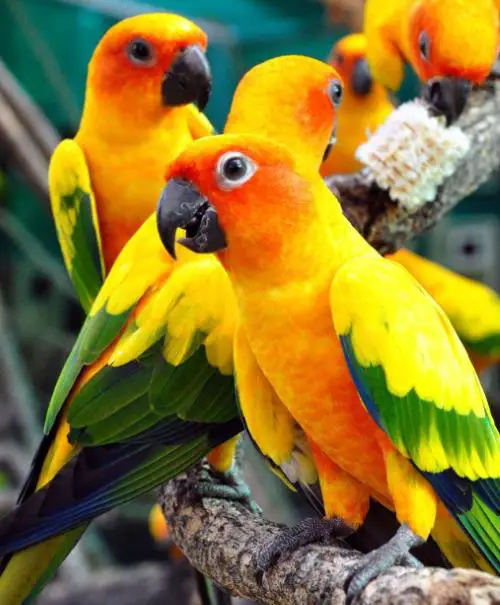 He would shake, cower, and occasionally shriek. He often refused to cooperate with me when someone he didn't know was in the lab.
He would shake, cower, and occasionally shriek. He often refused to cooperate with me when someone he didn't know was in the lab.
Yet he also began to assert himself with me. "Alex has become rather demanding if he's not promptly rewarded," I wrote on September 1. "After saying PAPER he repeats it more loudly and more quickly" if I was slow to produce it. It was as if he were saying, C'mon, get moving, lady. I'm Alex. I want it now! It was my first glimpse of a very different, more assertive personality that would soon emerge in full force.
When I arrived at Purdue at the very beginning of 1977, I knew exactly what I wanted to do. But I found myself in a quasi–Catch 22 situation. I needed grant money to support my research program, to pay for assistants, bird food, all the objects Alex was to label; to cover fees for my own laboratory space and maybe even a small salary for myself; but I didn't have a faculty position. It is very, very difficult—not impossible, but very difficult—to be awarded a research grant from the major funding agencies if you don't have a faculty position.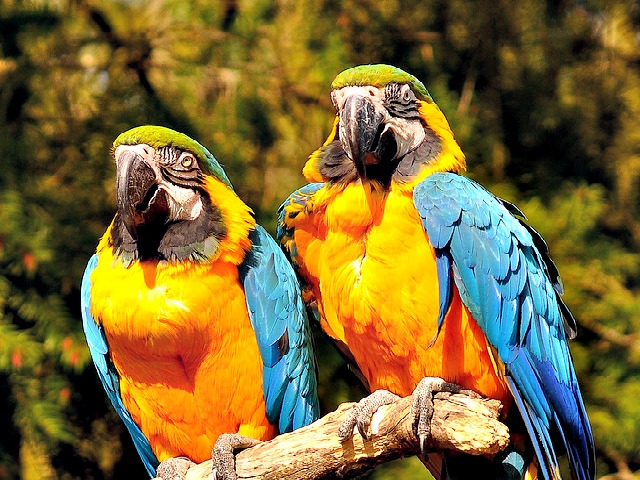 At the same time, the authorities at Purdue said they might be able to give me a nonfaculty research position if I could get a grant. (It was made pretty clear to me that I was regarded as a faculty wife, David's, and that I should be content with that, rather than being a nuisance by trying to get a faculty position for myself, too.)
At the same time, the authorities at Purdue said they might be able to give me a nonfaculty research position if I could get a grant. (It was made pretty clear to me that I was regarded as a faculty wife, David's, and that I should be content with that, rather than being a nuisance by trying to get a faculty position for myself, too.)
Nevertheless, I did secure a small piece of lab space in which to do my work, kindly loaned to me by Peter Waser, an evolutionary biologist in the department of biological sciences. With a little artifice on my part with the dean, and the support of the department head, Struther Arnott, I managed to submit a grant proposal to the National Institute of Mental Health early in 1977, months before I even got Alex.
My proposal was simple: I said I wanted to replicate the linguistic and cognitive skills that had been previously achieved with chimps in a Grey parrot, an animal with a brain the size of a shelled walnut, but one that could talk. My confidence that I could do it was based on two things.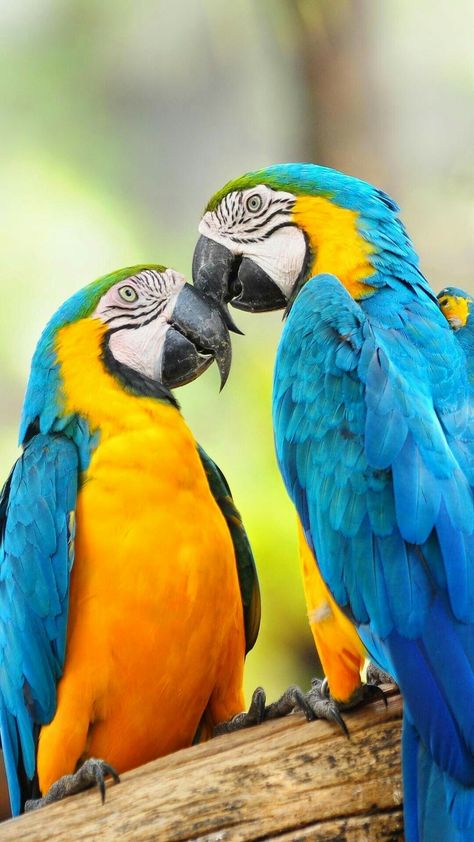 The first was my experience growing up with talking birds, and the sense that they are indeed smart. Second were the facts that Greys, like apes, live a long time, and that their social groups are large and complex. Both these factors were thought to account for at least some of the brainpower that apes so obviously possess. Why not a similar kind of brainpower for Greys?
The first was my experience growing up with talking birds, and the sense that they are indeed smart. Second were the facts that Greys, like apes, live a long time, and that their social groups are large and complex. Both these factors were thought to account for at least some of the brainpower that apes so obviously possess. Why not a similar kind of brainpower for Greys?
My plans for training Alex differed from the accepted standards of the time. Under the prevailing psychological dogma known as behaviorism, animals were seen as automatons, with little or no capacity for cognition, or thought. Biology was little better, dominated by theories claiming that much of animal behavior was innately programmed. Experimental conditions for working with animals were very tightly prescribed. Animal subjects were actually supposed to be starved to 80 percent of their body weight so they would be eager for the food given for a "correct" response. They were also to be placed in a box so that the appropriate "stimuli" could be very tightly controlled and their responses precisely monitored.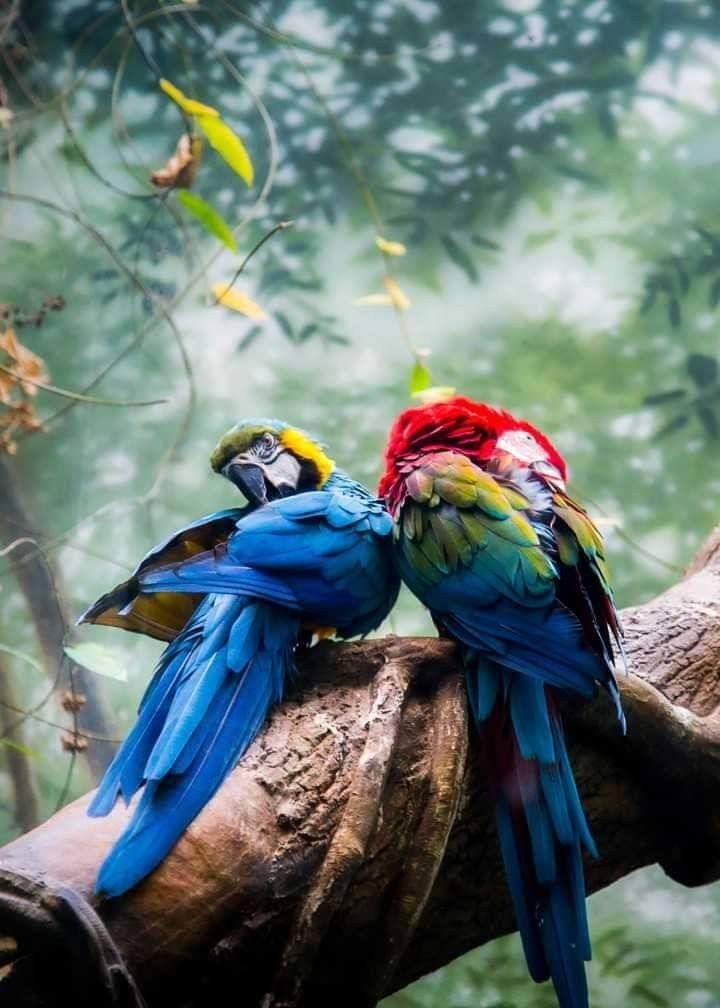 The technique was known as "operant conditioning." This was, to me, completely crazy, not to put too fine a point on it. It was contrary to all my gut instincts and commonsense understanding of nature.
The technique was known as "operant conditioning." This was, to me, completely crazy, not to put too fine a point on it. It was contrary to all my gut instincts and commonsense understanding of nature.
For a start, isn't it blindingly obvious that communication is a social process, and that learning to communicate is a social process, too? It seemed clear to me that putting an animal in a box and expecting it to learn to communicate could not succeed. Several researchers had attempted to do this with mimetic birds and had failed spectacularly. They blamed the failure on a supposed deficiency in the brains of the birds, whereas I felt strongly that it was due to a deficiency in the researchers' assumptions and approach.
In fact, the first people working on human-animal communication in chimps in the late sixties and early seventies had not followed the behaviorism model. For the most part they had adopted much more naturalistic training techniques. Nevertheless, I still felt something was missing.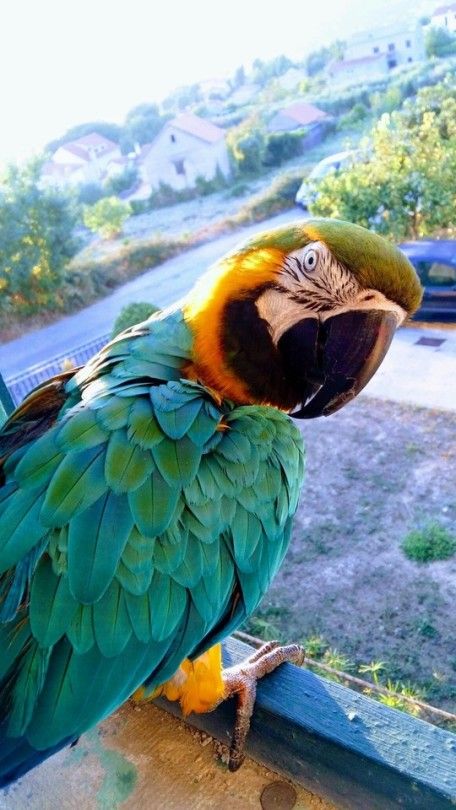 And I couldn't quite treat a parrot the way the researchers were able to treat a baby chimp like a baby human, living with it 24/7 and still maintaining some objectivity. While mulling over this conundrum in 1975, I came across a paper by the German ethologist Dietmar Todt, published in what to me was an obscure German journal. In it he described his so-called model/rival program of training, which I adapted for working with Alex.
And I couldn't quite treat a parrot the way the researchers were able to treat a baby chimp like a baby human, living with it 24/7 and still maintaining some objectivity. While mulling over this conundrum in 1975, I came across a paper by the German ethologist Dietmar Todt, published in what to me was an obscure German journal. In it he described his so-called model/rival program of training, which I adapted for working with Alex.
As I said earlier, under this system, instead of having one trainer, an animal subject had two. The principal trainer, A, would ask the secondary trainer, B, to name an object A showed to her. If B answered correctly, A would reward her; an incorrect answer would result in scolding. Trainer B is the "model" for the animal subject and its "rival" for the attention of trainer A. From time to time, trainer A would ask the animal subject to name the object, and it would be rewarded or scolded accordingly. Todt reported that Greys had learned speech very rapidly under this approach.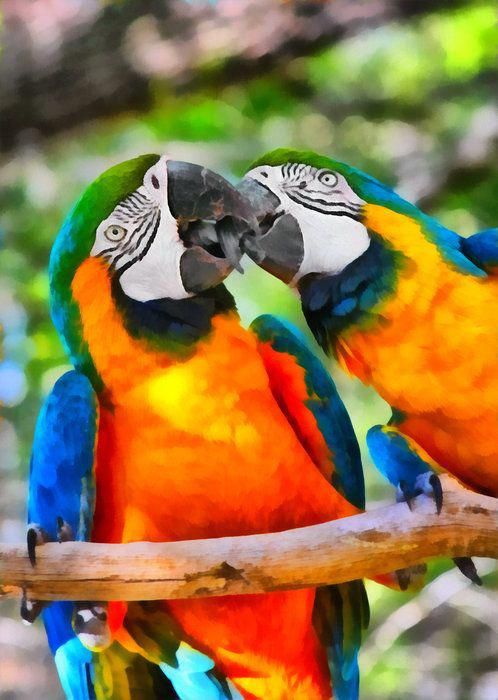
As soon as I read about Todt's work, I knew he was right, as far as he went. As promising as the approach was, I felt that one could not be certain that the birds understood the sounds they were using. To me, comprehension was key. If, for instance, Alex could produce a string of labels, no matter how clearly he enunciated them, it would be little more than mimicking if he didn't know that they were labels for specific objects or actions. I decided I would modify Todt's method, by, for instance, having trainers A and B alternate roles, so that the bird would learn that either role was possible. In addition, I would have the reward for a correct answer be possession of the object itself. If Alex were to correctly identify "paper," I or my partner would give it to him. Same with "key," "wood," anything. In this way the label and the object would become closely associated in his mind.
Bear with me as I wrap up this description of my training methods, using terms you'd be unlikely to hear in everyday descriptions of parrots learning words in people's homes.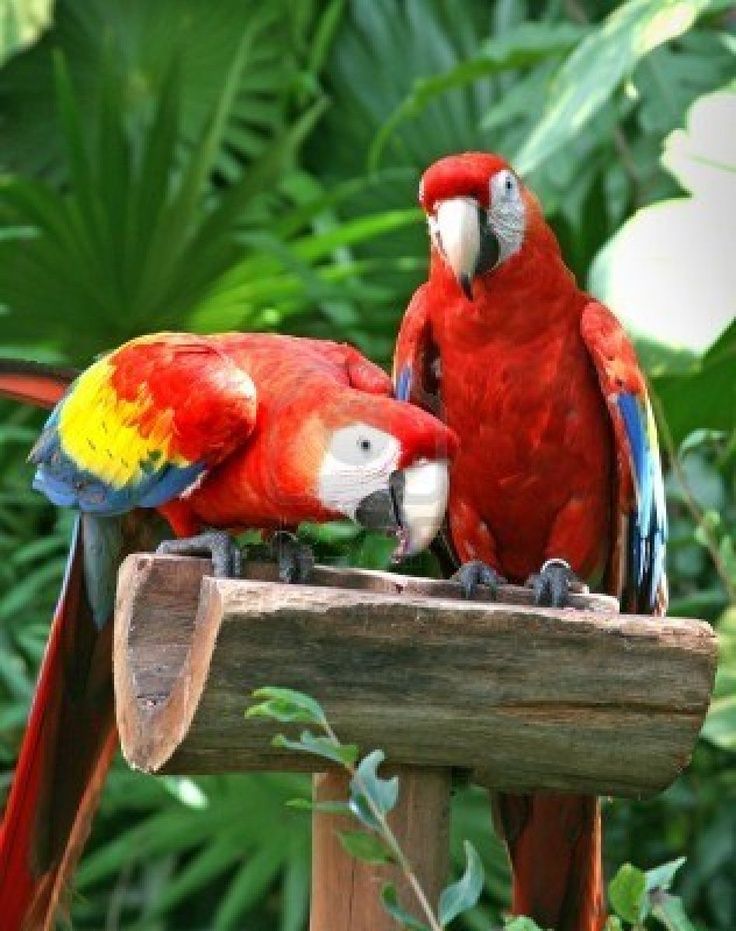 What I was planning to do wasn't an everyday exercise, of course. I was planning to demonstrate in a parrot cognitive processes that only humans and higher primates were considered capable of achieving. You need very special conditions to do that and, equally important, to have people believe what you might be claiming.
What I was planning to do wasn't an everyday exercise, of course. I was planning to demonstrate in a parrot cognitive processes that only humans and higher primates were considered capable of achieving. You need very special conditions to do that and, equally important, to have people believe what you might be claiming.
My training model would have three components. The first is reference, that is, what the word, or label, "means"; for example, the word "paper" refers to the physical object. The second, functionality, is the pragmatics of how the word is used; the reason to learn some odd set of sounds is that you can use it to get a specific, desired reward. The third is social interaction, that is, the back-and-forth, the relationship, between trainer and subject. The stronger the relationship, the more efficient the learning, just as with children. I always asked trainers to be enthusiastic in their exchanges with Alex and to emphasize the targeted labels, just as adults tend to talk to young children. With all this in place, we would have, I believed, the potential to explore the workings of a bird's brain as had never before been done.
With all this in place, we would have, I believed, the potential to explore the workings of a bird's brain as had never before been done.
Or at least that's what I argued in my grant proposal. Apparently, the review panel was not impressed. On August 19, just two weeks after the "by George he's got it" moment, I received a letter from the panel that essentially asked me what I was smoking. They implied I was crazy to even imagine that a bird brain could master the language and cognitive skills I was hoping to demonstrate. And they further implied I was even crazier to shun the accepted approach of operant conditioning and adopt this highly suspect method of social interaction.
I shouldn't have been surprised. In retrospect, I was perhaps a little naive to expect the panel to give a grant to someone with no training and no qualification in psychology—or any biological science, for that matter—for a project that was at the very edge of what was then known and accepted. I was driven, however, and extremely confident that what I was proposing was going to work.![]() So I was surprised, and very upset—so upset that Alex appeared to think from my behavior that I was angry with him. He cowered from me. "Oh, it's not you, Alex," I said to the poor guy. "It's those damned idiots who can't get out of their old ways of thinking. I guess we're just gonna have to try harder, buddy."
So I was surprised, and very upset—so upset that Alex appeared to think from my behavior that I was angry with him. He cowered from me. "Oh, it's not you, Alex," I said to the poor guy. "It's those damned idiots who can't get out of their old ways of thinking. I guess we're just gonna have to try harder, buddy."
Nothing was going to stop me. Nothing was going to stop us. Alex and I pushed on with our work together, helped by Marion and a series of enthusiastic students. We introduced new objects—and new labels—to Alex, and he soon became a proficient, if occasionally recalcitrant, student. By the summer of 1978, a year after we started, Alex was demonstrating 80 percent accuracy in labeling seven objects and was beginning to learn colors, too, green and red (or rose, as we called it, to ease pronunciation). He was performing well enough on the strict tests we put him through that I felt I could reapply for a small grant, once again to the National Institute of Mental Health. All I was asking for was $5,000.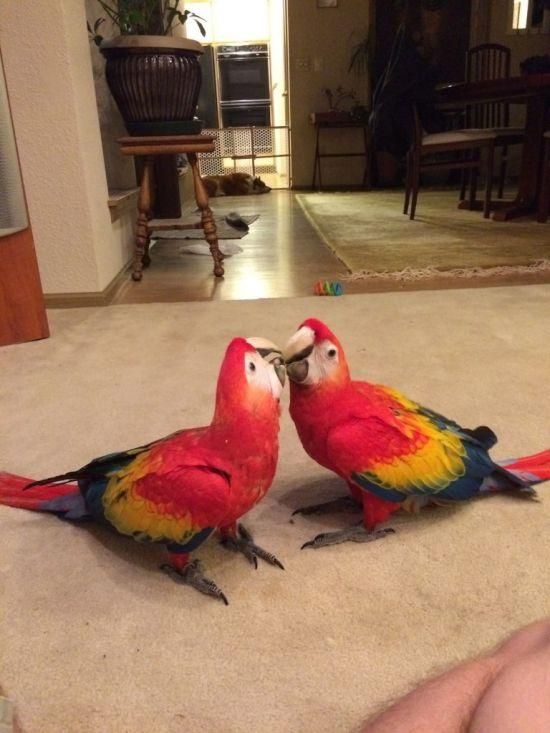
This time I was successful. In the pink summary statement I received that September, the panel described my proposal as "appealing." They said that "Alex is probably the best-treated parrot in captivity." Best of all, they concluded: "Approval was unanimously recommended." I was elated, of course, and did a dance of joy and relief. But there was a kicker: although the grant proposal was approved in theory, in practice there were insufficient funds available for me to receive any money. I was still in the same boat: no research funding, no research position. But at least I had Alex and his ever-growing list of accomplishments, and a few scientists had taken notice.
Onward we progressed, with more objects and another color, blue. I also introduced Alex to the concept of shape, which was related to number. A square, flat piece of wood we labeled "four-corner wood," and a triangle "three-corner wood." I struck a bargain with the guys in the woodshop at Purdue: they would supply me with four-corner and three-corner pieces of wood, and I would bake them cookies.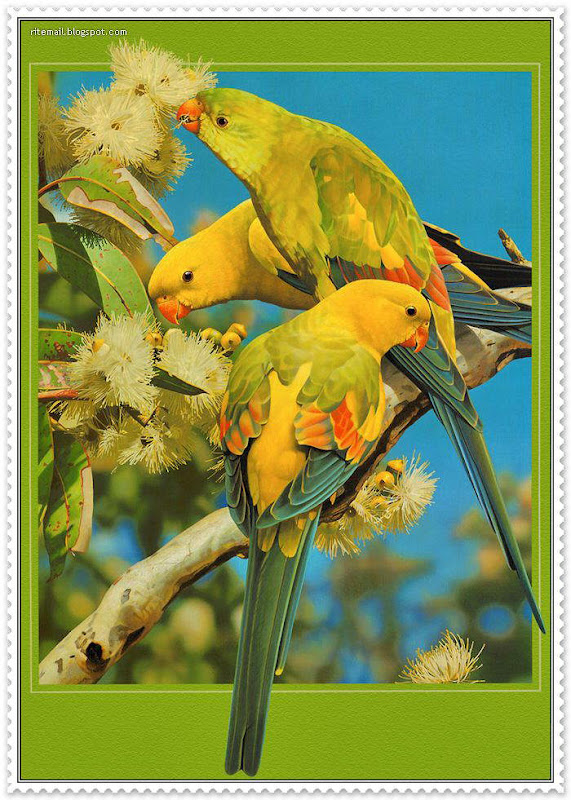 In the absence of a grant to pay for such things, I had to be creative. In the end, the guys made the shapes from maple scraps, because Alex would destroy pine wood shapes in seconds; maple was much more of a challenge to chew to bits. And Alex loved challenges.
In the absence of a grant to pay for such things, I had to be creative. In the end, the guys made the shapes from maple scraps, because Alex would destroy pine wood shapes in seconds; maple was much more of a challenge to chew to bits. And Alex loved challenges.
Along the way, Alex learned to say "no" and mean it. During our first year together, Alex had several ways of communicating displeasure or negativity of some kind. When he didn't want to be handled, for instance, he produced a high-decibel sound best conveyed as raaakkkk. He sometimes accompanied this extremely unpleasant noise with an attempt to bite, just in case his message had been misunderstood. When he didn't want to respond to a trainer asking him to identify an object, Alex would often simply ignore the trainer: he might turn his back or indulge in some suddenly urgent preening. He indicated that he had finished with his water or with a labeled object by simply tossing it on the floor. Give him banana when he'd asked for a grape, and you were likely to end up wearing the banana.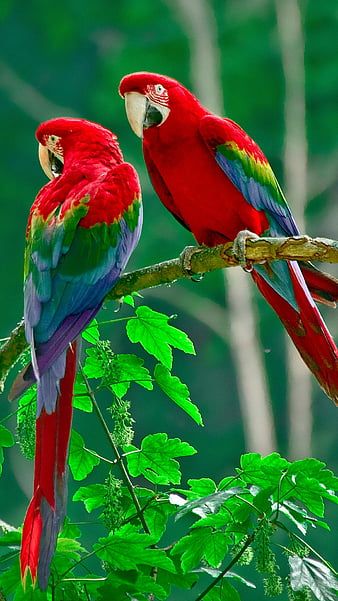 Alex was not subtle.
Alex was not subtle.
Alex heard the word "no" a lot, from me or other trainers, when he incorrectly identified an object or was up to no good. By the middle of 1978 I noticed that Alex occasionally produced a "nuh" sound in situations where "no" would have been appropriate. "OK, Alex," I said, "why don't we train you to say it right?" Within a very few sessions, Alex replaced "nuh" with "no" in distress situations, such as not wanting to be handled. Very soon he used it to mean No, I don't want to. Here's an example of Alex with a well-developed sense of how to use "no." Kandis Morton, a secondary trainer, was working with Alex in April 1979:
K: Alex, what's this? [Holding a four-corner wood]
A: No!
K: Yes, what is this?
A: Four-corner wood [indistinct].
K: Four, say better.
A: No.
K: Yes!
A: Three ... paper.
K: Alex, "four," say "four."
A: No!
K: Come on!
A: No!
Alex was obviously in an especially obdurate mood that day, and was using "no" to express his unwillingness to go along with the training session.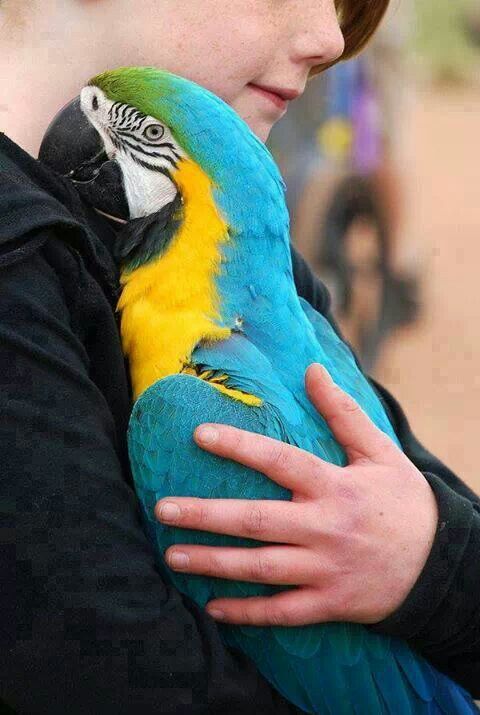 (He became even more creative in this respect as he grew older.) It was amusing, unless you happened to be the trainer trying to get some work done. Alex's use of the negative in this way represented a relatively advanced stage of linguistic development.
(He became even more creative in this respect as he grew older.) It was amusing, unless you happened to be the trainer trying to get some work done. Alex's use of the negative in this way represented a relatively advanced stage of linguistic development.
A few months after this session with Kandis, I had a set-to with Alex that provoked me to write in my journal: "Alex definitely understands NO!" By this time he had developed a passion for corks. On this particular August day he obviously wanted only the best of corks to chew. I gave him a new one. He contentedly proceeded to destroy it for a couple of minutes. When it was about two-thirds gone he dropped it. "Cork," he demanded.
"You have a cork, Alex," I said.
"No!" He picked up the sizeable remnant and tossed it on the floor. If he were human, I would have added that he did it with contempt. "Cork!"
I gave him a cork fragment, again sizeable but not complete. He snatched it from me, tossed it right back at me, and repeated even more urgently and impatiently, "Cork!" He would shut up only when I gave him a new, unblemished cork.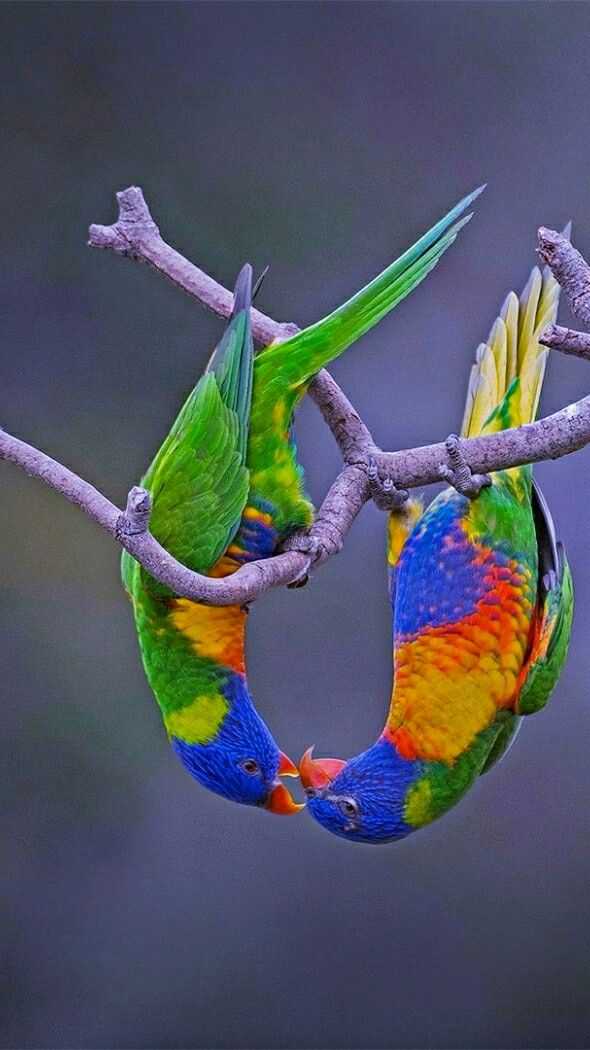
"This happened all morning," I wrote. I had wanted him to learn labels, and to express his wants. I guess I had succeeded.
Even at this early stage in our relationship, Alex was already showing that he was no birdbrain, no matter what the scientific establishment thought.
Excerpted from Alex & Me: How a Scientist and a Parrot Discovered a Hidden World of Animal Intelligence--and Formed a Deep Bond in the Process. Copyright © 2008 by Irene Pepperberg. Reprinted with permission from HarperCollins Publishers. To read more, click here.
6 Ways to Show Your Pet Parrot Love
Brightly-colored, affectionate, and easy-going, parrots are wonderful pets for bird lovers of all ages. Whether you’re a new parrot parent or you’ve had your parrot for a few years, here are a few easy ways to show them extra love and attention.
1. Let them make the first move
As it is with many other animals, parrots unaccustomed to their surroundings, a new routine, strange noises, or a new owner might be skittish and nervous.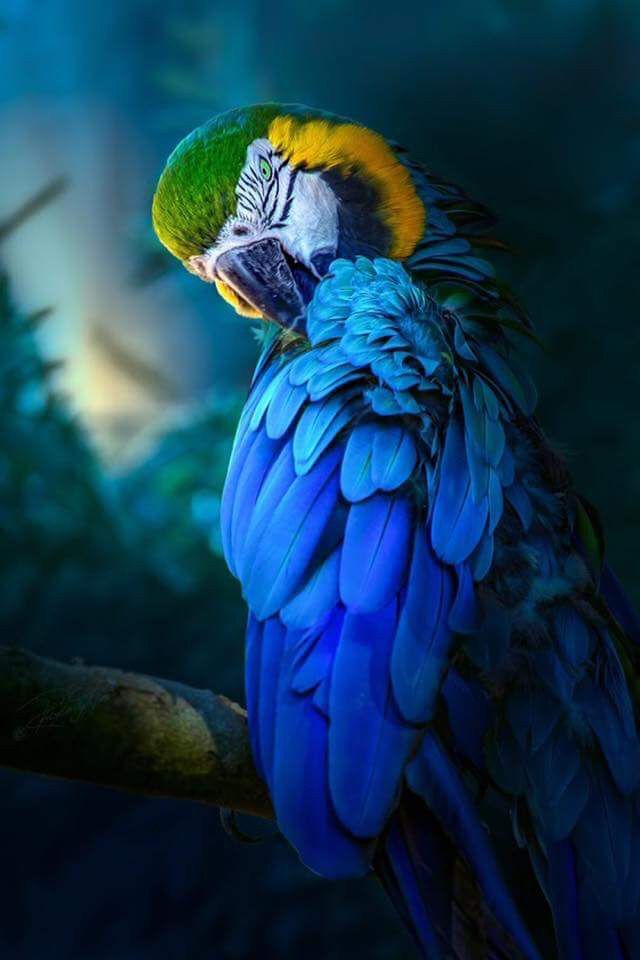 Whether your pet parrot is new to you or not, before you try to step up your bonding game, let them come to you. Make yourself available by sitting nearby when they have out-of-habitat time, but don’t approach them right off the bat. Let them get used to your presence first. Who knows? Maybe, after a while, they’ll feel comfortable approaching you.
Whether your pet parrot is new to you or not, before you try to step up your bonding game, let them come to you. Make yourself available by sitting nearby when they have out-of-habitat time, but don’t approach them right off the bat. Let them get used to your presence first. Who knows? Maybe, after a while, they’ll feel comfortable approaching you.
2. Share a Meal
In the wild, parrots often share meals. When you do the same with your pet parrot it shows him that you are part of his flock. Make sure that what you’re offering your pet is safe for them to eat and low on salt and seasonings. Avoid chocolate, junk food, large amounts of dairy products like hard cheeses and yogurt, avocado, processed meats, onions, sprouted lima, fava, and navy beans, fruit pits, apple seeds, and rhubarb. If your parrot is too hesitant to take a bite, try our next recommendation.
3. Talk and sing softly to them
Parrots communicate in two ways – through their voices and body language.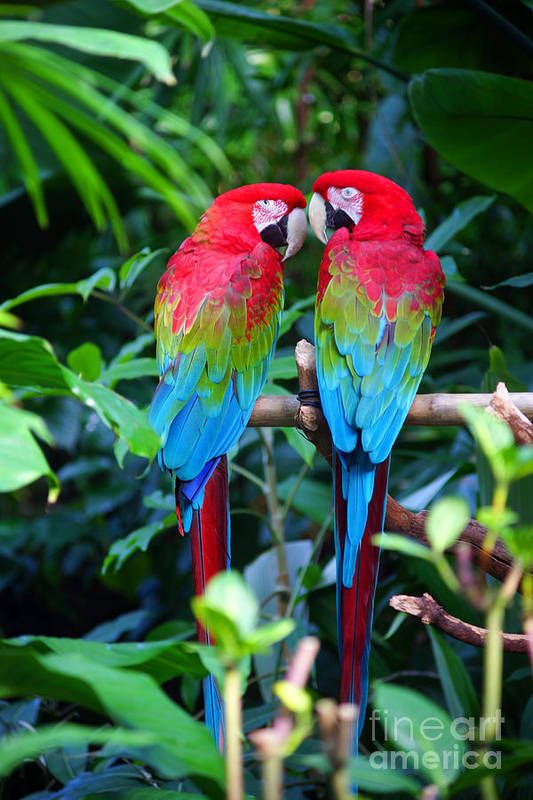 You can communicate using the methods they prefer by speaking softly, playing music, and singing softly to them.
You can communicate using the methods they prefer by speaking softly, playing music, and singing softly to them.
4. If they like music, try dancing
As we mention in #2, parrots communicate through body language and sound. So, how to combine these methods of communication? Dancing! Turn on something catchy with a good beat, and you and your parrot can dance together. If it sounds silly, just Google “parrot dancing.” If your new parrot is a cockatoo, dancing should surely win them as they have a natural love for dance!
5. Give them treats
You know that feeling you get when someone gives you a warm, home-baked cookie? Parrots feel that way, too, about people who give them treats. We’ve got a ton of yummy treats for parrots and macaws, but we’ve found that our Yo Dips® are always popular.
- Papaya & Mango Yo Dips®
- Mango Yo Dips® for Large Hookbills
- Strawberry Banana Yo Dips®
Check out our full selection of parrot and macaw treats here!
6.
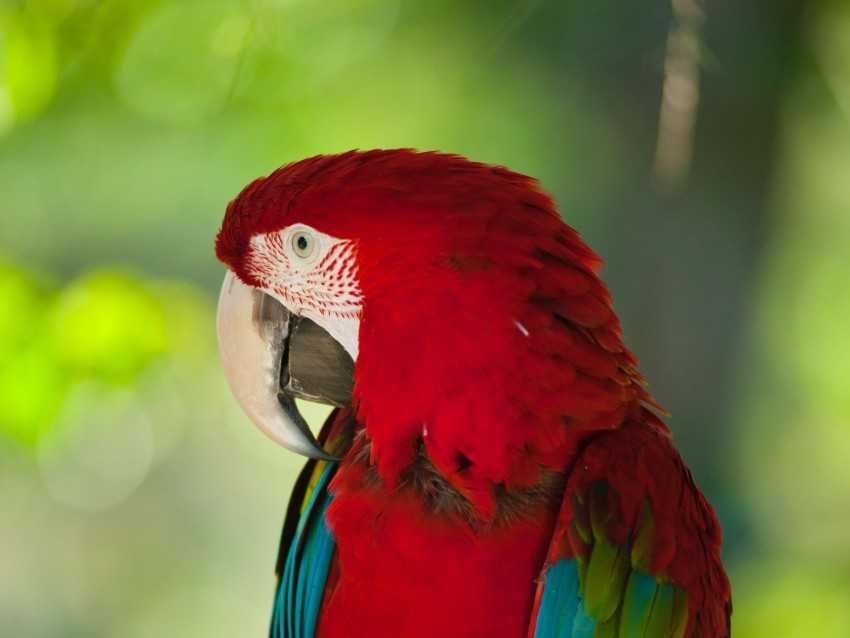 Hold and pet them
Hold and pet themPlease note that new pet owners will need to work up to this form of affection. Once your pet parrot feels comfortable with you and is happy to be in your presence, start by lightly touching their beak. If that goes well, try petting the sides of their head gently. From there, you may be able to pet the back of their head and neck. We’ve found that many parrots love having their ears gently stroked … if you can find them! Don’t rush things and be patient with yourself and your pet.
Looking for more info? Read our more general starter guide to bonding with a pet bird and read about the importance of patience here.
Parrot parents – good luck with bonding, and thanks for taking the time to show your pet some love!
Sources:
https://www.thesprucepets.com/ways-to-bond-with-your-bird-390807
https://www.thesprucepets.com/parrot-nutrition-1236730
Parrot - Gumilyov. Full text of the poem - Parrot
Literature
Catalog of poems
Nikolai Gumilyov - poems
Nikolai Gumilyov
Parrot
I am a parrot from the Antilles,
But I live in a square cell.
Around - retorts, globes, paper,
And the old man's cough, and the chime of the clock.
Let in the hour of incantations, in a whirlwind of voices
And in the sparkle of eyes flickering like a sword,
Horror and courage ruffle their wings
And I fight the ghosts of owls...
Let it be! But as soon as under this vault, a dull
Will enter to guess about cards or about a sweet
A libertine in a gilded cloak -
I dream of a ship in the silence of the bay,
I remember the sun ... and in vain
I strive to forget that the secret is ugly.
1909
Mysticism
Silver Age
Poems by Nikolai Gumilyov - Mysticism
Poems by Nikolai Gumilev - Silver Age
Other poems by this author
Giraffe
Today, I see your eyes are especially sad,
And your arms are especially thin, hugging your knees.
About animals
She
I know a woman: silence,
Bitter fatigue from words,
Silver Age
About you
about me About you, about you, about you, nothing!
Silver Age
Why
Oh, what a boring concern
Blowing soap bubbles!
Silver Age
Captains
Silver Age
Word
On that day, when the world new
,bent his face, then
Silver Age
How to Read
Publication
How to read “Crime and Punishment » Dostoyevsky
We talk about a large-scale psychological study of the Russian classic
Publication
How to read Bulgakov’s The White Guard
Literary tradition, Christian images and reflections on the end of the world
Publication
How to read Leskov’s “The Enchanted Wanderer”
Why Ivan Flyagin turns out to be a righteous man, despite his far from sinless life
Publication
How to read poetry: the basics of versification for beginners
and can poems be without rhyme
Publication
How to read Shmelev’s “Summer of the Lord”
Why religious images play an important role in a work about childhood
Publication
How to read Blok's "The Twelve"
What details you need to pay attention to in order not to miss the hidden meanings in the poem
Publication
How to read Bunin's "Dark Alleys"
What to pay attention to in order to understand the famous story Ivan Bunin
Publication
How to read Kuprin's "Garnet Bracelet"
What a modern reader should know in order to truly understand the tragedy of an official in love
Publication
How to read “Doctors Zhivago” Pasternak
We talk about key topics, images and conflicts of Roman Pasternak
Publication
How to read Nabokova
Homeland, Chess, butterflies and Color
“Culture.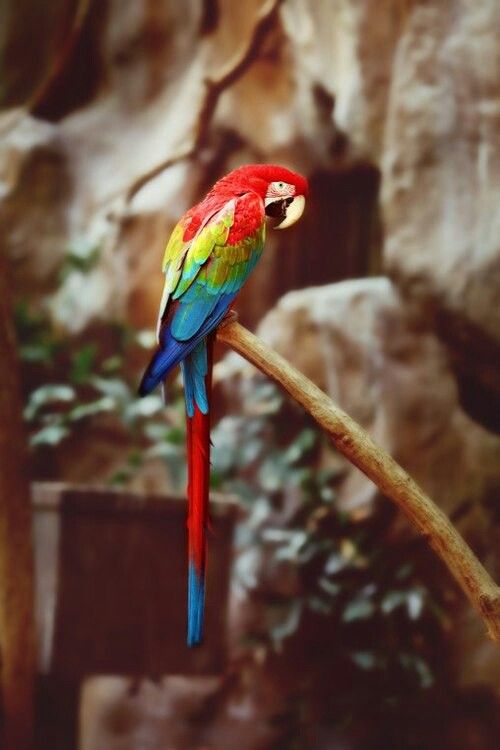 rf Culture.rf » is a humanitarian educational project dedicated to the culture of Russia. We talk about interesting and significant events and people in the history of literature, architecture, music, cinema, theater, as well as folk traditions and monuments of our nature in the format of educational articles, notes, interviews, tests, news and in any modern Internet formats.
rf Culture.rf » is a humanitarian educational project dedicated to the culture of Russia. We talk about interesting and significant events and people in the history of literature, architecture, music, cinema, theater, as well as folk traditions and monuments of our nature in the format of educational articles, notes, interviews, tests, news and in any modern Internet formats.
- About the project
- Open data
© 2013–2022, Ministry of Culture of Russia. All rights reserved
Contacts
- E-mail: [email protected]
- Found a typo? Ctrl+Enter
Materials
When quoting and copying materials from the portal, an active hyperlink is required
Budgerigar / Melopsittacus undulatus - “I will never get a parrot again.”
Hello everyone!
My review will be divided into two parts:
- Directly my story with a parrot
- Cons of living with him, difficulties, care.

So, I'm telling you.
Part 1. My parrot story.
It so happened that I took pity on this feather and took it for myself. It was "given away" by a neighbor's girl, who played with the chick for about a year and in late autumn was going to let him go "to freedom" in the Belarusian forest. On the eve of winter. In those days, the temperature at night was already around zero. I talked to the mother of the girl, who did not care about the bird, and took the parrot with me along with the cage. His name was Chika.
I think that by doing so I saved his life.
However, "love" did not happen to me. At the moment, we have just been side by side in the same room for seven years, and I just wait and hope when he dies of old age, no matter how crazy it sounds.
The parrot was immediately frightened, I don't know what the girl was doing with it. For half a year I tried to show him my love and good attitude.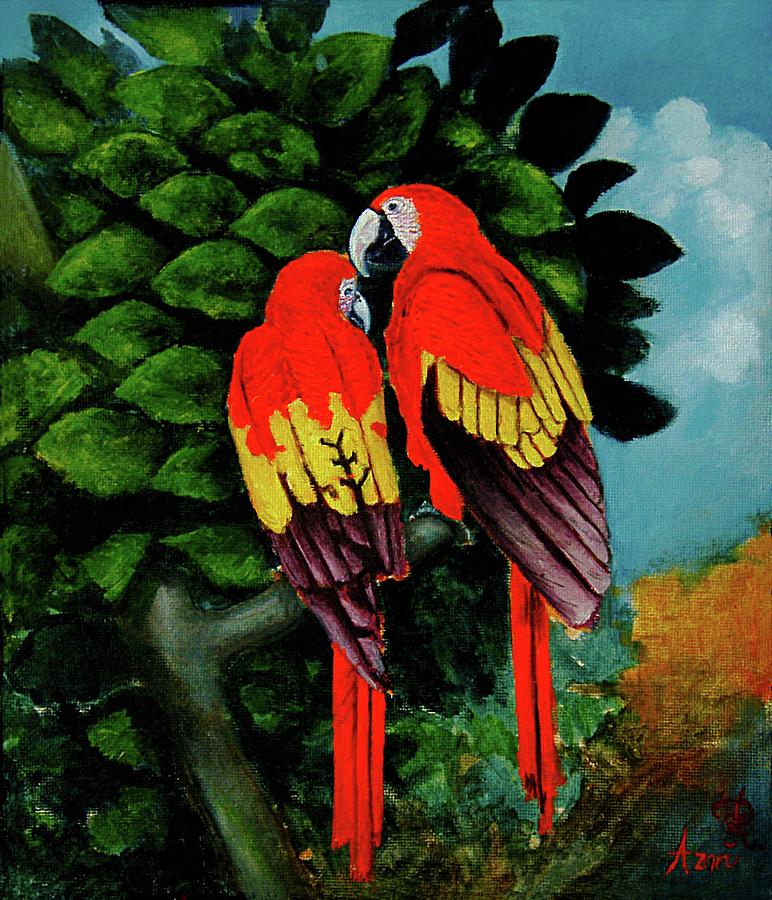 I wanted to put him in good hands. But I don't deserve trust. And who needs a bird that scares people?
I wanted to put him in good hands. But I don't deserve trust. And who needs a bird that scares people?
At some point, when I was already tired of pretending to love him, I decided that since I was not enough for him, he needed a couple - a girl. This was my first and only purchase of an animal in a pet store. My relationship with the girl went right immediately, she was tame and I even taught her to speak. But this did not last long.
For about three months the parrots lived in neighboring cages, and under my supervision I released them into the room. But one day I left for work, thinking they were getting along, and when I returned, I found a girl pecked to death.
After this story, I felt a real dislike for Chika. Not hate, but dislike.
He has been living with me for about five years now. He does not speak, he still does not sit on his hand, he bites. He is absolutely not tamable, and I gave up trying.
In general, I feel only responsibility for him, for the fact that I chose him as my pet.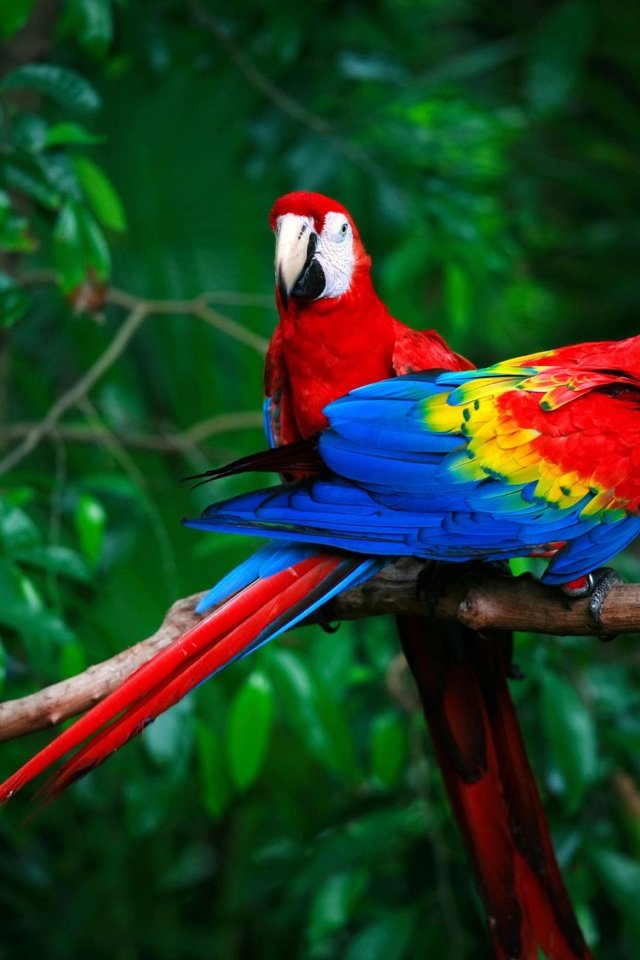
Part 2. Cons of living with a budgerigar. Difficulties. Care.
Let's go in order by minuses:
- He shits . I don't know why, but I collect poop even a meter from the cage. How does he hit like that? I do not understand. Of the pluses - poop does not smell, unlike the poop of birds of prey (there was a time that I nursed a crow - here his poop smelled like human fuu). They do not smell because the bird eats cereals.
- He is very unclean , all the time littering with husks from his feeder, smearing himself in poop, shitting in his water and food.
- Due to the fact that the parrot does not smell of poop, I clean the cage once a day , every morning. (I cleaned the raven after each uncontrolled bowel movement).
- Pretty parrot loud - he constantly sings, shouts, chirps. I no longer respond to this, but for some it may be a problem.
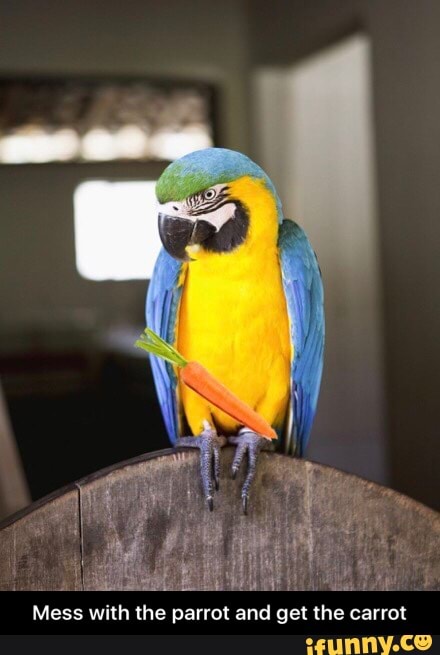
- Only recently I learned that parrots in a cage should not be hung with a mirror . But due to the fact that it hung with him almost all his life, I think he went a little crazy. And it seems to me that because of the mirror he killed that girl.
Care:
- The parrot bathes every day in the summer in the bath. In winter, he almost does not wash (does not want to), then I spray him with a spray bottle. He likes it more often than not.
- Every day I give him two teaspoons of cereal food and change the drinker.
- In the summer, every time I return from the street, I try to pick leaves for him. He prefers clover and dandelions.
- Every day I clean the poop cage (tray)
- Twice a week I drastically clean the cage and the floors in the room.
- 4 times a year I add special vitamins to the water, the course lasts two weeks
Everything - that's the whole care.